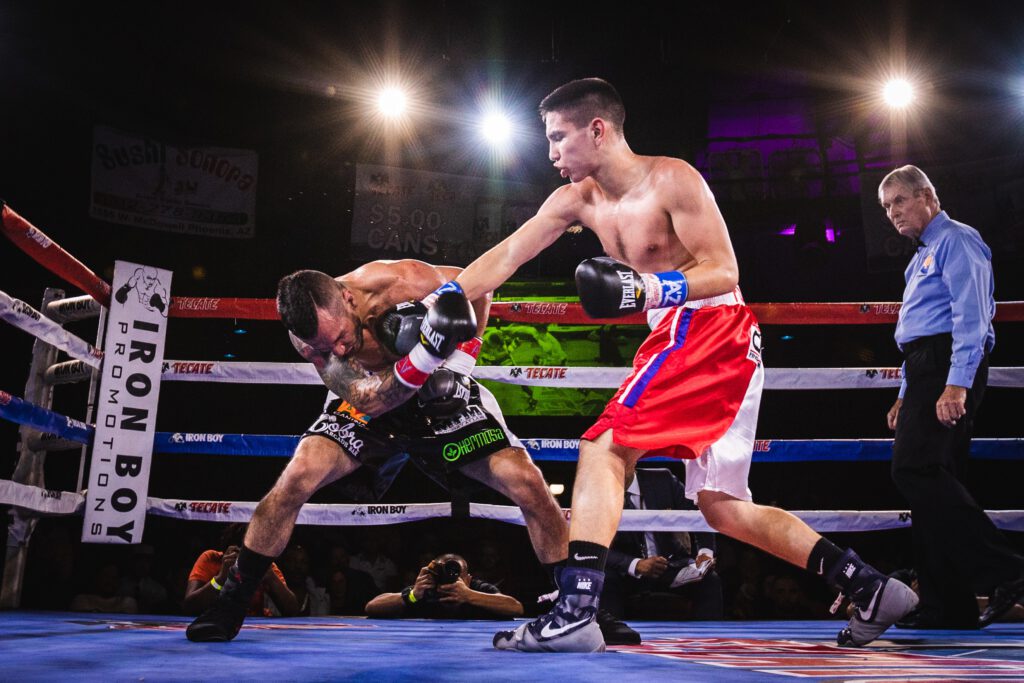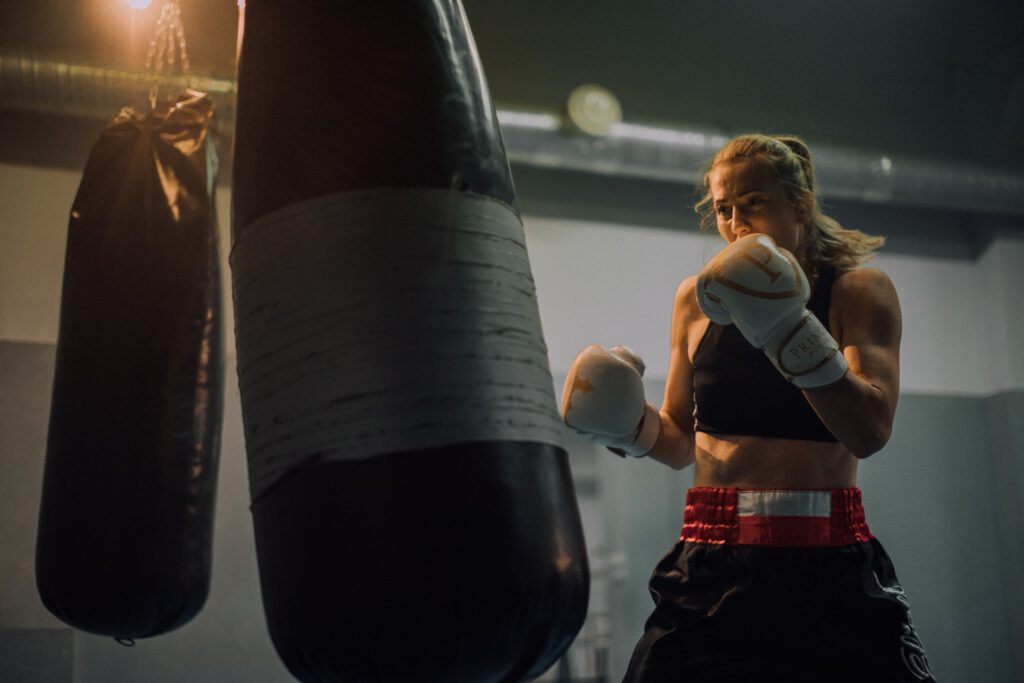boxing weight classes
What does the scale say?
Boxing is a sport that is divided into weight classes for both men and women. These weight classes help to ensure fair and competitive matches between fighters of similar size and strength. In addition to weight classes, there are also distinctions between professional and amateur boxing, each with their own set of rules and regulations.
In professional boxing, there are 17 classes for men and 10 classes for women, ranging from flyweight to super heavyweight.
The weight classes for men
For the pro’s, men have the following weight classes
- Flyweight (112 lbs or less),
- Super Flyweight (115 lbs),
- Bantamweight (118 lbs),
- Super Bantamweight (122 lbs),
- Featherweight (126 lbs),
- Super Featherweight (130 lbs),
- Lightweight (135 lbs),
- Super Lightweight (140 lbs),
- Welterweight (147 lbs),
- Super Welterweight (154 lbs),
- Middleweight (160 lbs),
- Super Middleweight (168 lbs),
- Light Heavyweight (175 lbs),
- Cruiserweight (200 lbs),
- Heavyweight (200 lbs or more),
- and Super Heavyweight (over 200 lbs).
In amateur boxing, there are 10 classes for men
- Light flyweight (106 lbs),
- Flyweight (114 lbs),
- Bantamweight (123 lbs),
- Featherweight (132 lbs),
- Lightweight (141 lbs),
- Light welterweight (152 lbs),
- Welterweight (165 lbs),
- Middleweight (178 lbs),
- Light heavyweight (201 lbs)
- and Heavyweight (201 lbs and over).

The weight classes for women
For the pro’s, women have the following weight classes
- Strawweight (105 lbs and under),
- Flyweight (108 lbs),
- Bantamweight (118 lbs),
- Featherweight (126 lbs),
- Lightweight (135 lbs),
- Super Lightweight (140 lbs),
- Welterweight (147 lbs),
- Middleweight (160 lbs),
- Light Heavyweight (175 lbs)
- and Heavyweight (over 175 lbs).
The weight classes for women in amateur boxing are:
- Lightweight (132 lbs),
- Middleweight (165 lbs),
- and Heavyweight (178 lbs and over).

Classes may vary
It’s important to note that these weight classes are not set in stone and can vary depending on the organization or event. The International Boxing Association (AIBA) and the World Boxing Council (WBC) have different weight classes.
In professional boxing, fighters are required to make weight before a match, and if they fail to do so, they may be disqualified or may have to pay a fine. In amateur boxing, the weight classes are not as strictly enforced, and fighters may be allowed to compete in a higher weight class if needed.
In conclusion, weight classes are an important aspect of boxing, both for professional and amateur fighters, as it helps to ensure fair and competitive matches between fighters of similar size and strength. It’s also important to note that weight classes may vary depending on the organization or event.
